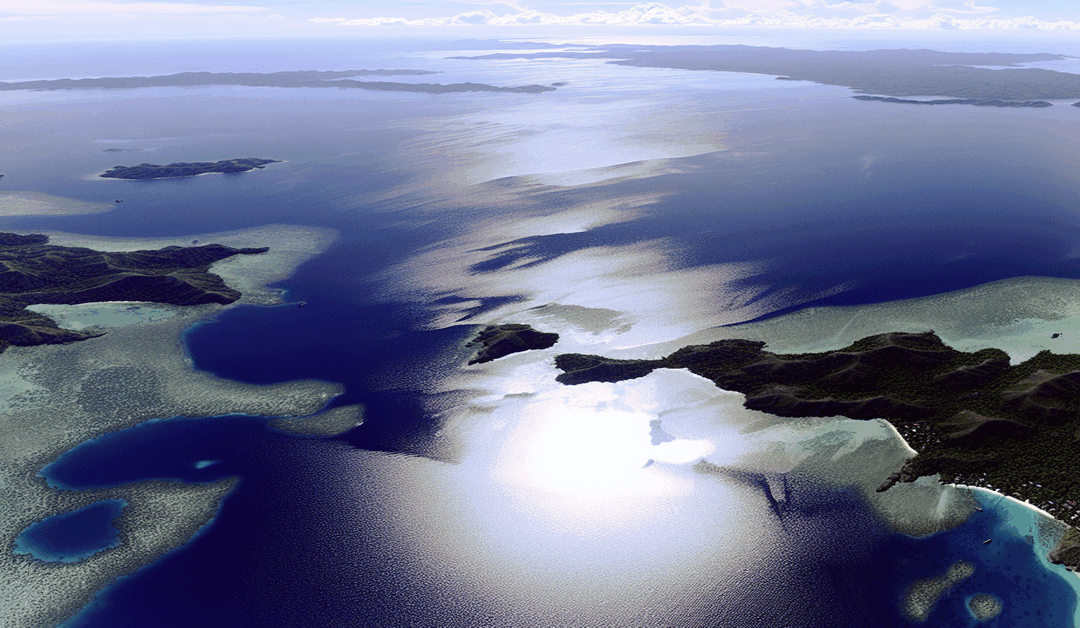Google Maps Restores West Philippine Sea Label After Technical Glitch
In a recent development that sparked public concern and curiosity, the **West Philippine Sea label temporarily vanished from Google Maps in late April 2023**. The disappearance of the label, which was established under a 2012 Philippine administrative order to assert sovereign rights in the area, raised questions about potential policy changes and geopolitical implications. However, Google has now clarified that the label’s brief absence was due to a “technical issue” and has since been restored.
The West Philippine Sea, a region within the South China Sea, has been a subject of ongoing territorial disputes and political tensions. The Philippine government officially named the area in 2012 through Administrative Order No. 29, issued by then-President Benigno Aquino III[1]. The order aimed to assert the country’s sovereign rights and jurisdiction over the waters, consistent with the United Nations Convention on the Law of the Sea (UNCLOS)[3].
Google’s Technical Explanation
Addressing the concerns surrounding the label’s disappearance, Google promptly investigated the matter and provided an official statement. The company attributed the issue to a **system glitch** rather than any deliberate policy changes[5]. Google reassured users that the label’s removal was unintentional and that it had been restored to its rightful place on the maps.
The temporary absence of the West Philippine Sea label generated significant attention and speculation, particularly given the complex geopolitical context of the region. Social media platforms buzzed with discussions and theories about the potential reasons behind the label’s disappearance and its implications for regional politics and diplomacy.
Historical Context and Geopolitical Significance
The West Philippine Sea label has been a point of contention, particularly in relation to the ongoing territorial disputes in the South China Sea. China, which claims a significant portion of the region, has consistently opposed the use of the term “West Philippine Sea,” instead preferring the more general “South China Sea” nomenclature[4].
The label’s presence on Google Maps, a widely used and influential platform, carries significant symbolic weight. It serves as a visible assertion of the Philippine government’s position and its claim to sovereign rights over the disputed waters. The 2012 administrative order that established the label was a clear manifestation of the country’s stance and its commitment to protecting its maritime interests[1][3].
Moving Forward: Implications and Lessons
The brief disappearance and subsequent restoration of the West Philippine Sea label on Google Maps serve as a reminder of the complex interplay between technology, geopolitics, and public perception. The incident highlights the importance of transparency and clear communication from tech giants like Google, especially when dealing with sensitive political issues.
Moreover, this event underscores the need for continued dialogue and diplomatic efforts to address the underlying territorial disputes in the South China Sea. The competing claims and overlapping interests of various countries in the region require a collaborative and peaceful approach to ensure stability and maintain international law principles.
As we navigate an increasingly digital world, the role of platforms like Google Maps in shaping public understanding and influencing political narratives cannot be overlooked. The restoration of the West Philippine Sea label, albeit due to a technical glitch, reaffirms the significance of accurate and consistent information in fostering informed discussions and decision-making.
Moving forward, it is crucial for all stakeholders – governments, tech companies, and the international community – to work together in promoting transparency, dialogue, and adherence to international norms. Only through open communication and a commitment to peaceful resolution can we hope to address the complex challenges posed by territorial disputes and ensure a stable and prosperous future for the region.
#WestPhilippineSea #GoogleMaps #SouthChinaSea
-> Original article and inspiration provided by ReviewAgent.ai
-> Connect with one of our AI Strategists today at ReviewAgent.ai

